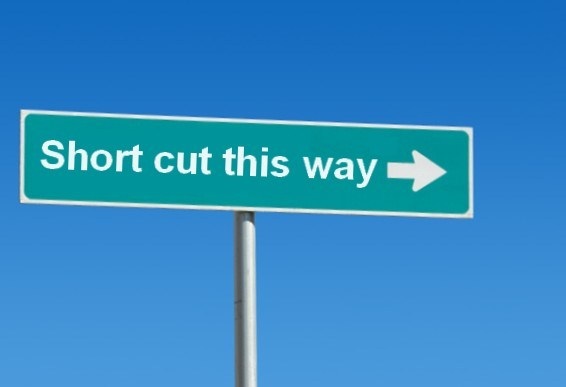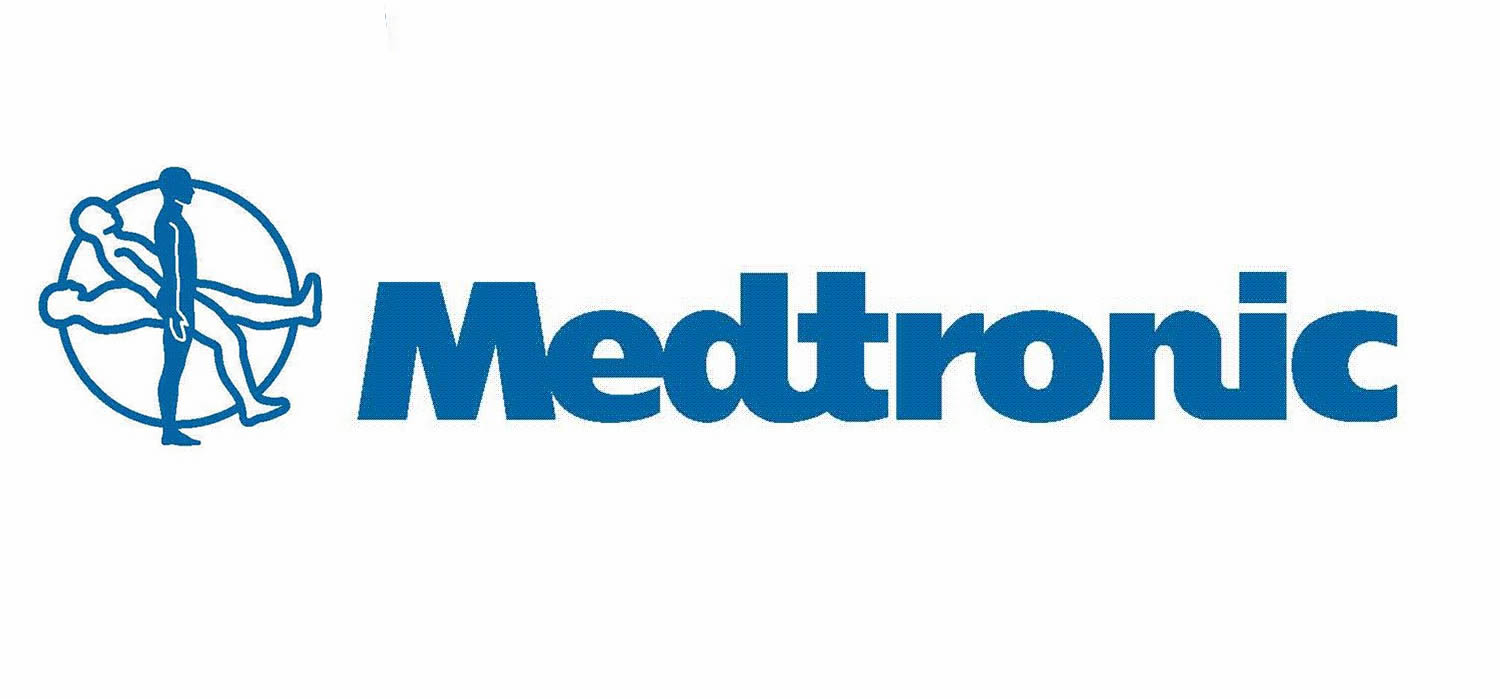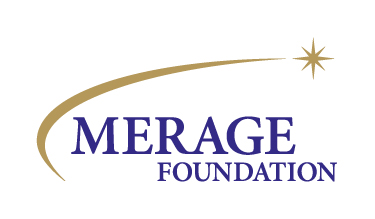By: Shiraz Cohen Grad
Imagine a parallel universe, where there are no time limits; people are able to make decisions in their own carefree environment; they can think and understand each possible alternative without negative implications. While this would be a much better world, but it is not reality. Time is ever shrinking and we need to make many decisions in moments of uncertainty. This is where our brains come to the rescue and give us a mental short cut to aid us in decision-making processes. This short cut is called “heuristics,” meaning that our brain compensates the inability to process infinite information in the given time frame to make a decision, or the lack of information. Therefore, heuristics are a set of techniques (there are several types) that come from the world of irrational decision-making.
These thinking patterns are used to complement an argument, and they usually don’t stand alone. An example of using heuristics would be if you wish to convey the message that you’re an expert in a certain field, so that your CEO or customer will eventually adopt your recommendation. You can show research, tell them that you’ve completed a PhD in the field, or… you can put on a white lab coat and give that impression in a split second.
We need short cuts like these to persuade and influence our target audiences, whomever they are. Remember, a call for action can come in many ways and we can have little helpers like these to shorten the distance!
Fear Heuristics
The movie “Duck and Cover” was produced by the American Federal Civil Defense Administration and was introduced in 1951. It then became the symbol of protection against the nuclear threat during the Cold War. The film showed a method of physical gestures for personal protection against the effects of nuclear explosion. Now, let’s understand what lead up to this realization – the United States’ monopoly on nuclear weapons was broken by the Soviet Union in 1949 when it tested its first nuclear explosion, and with this, many US citizens perceived the nation as more vulnerable than it had ever been before. So the formula is introducing an alarming situation but supplying a solution to cope with it. That short cut in decision-making is irrational and it is a heuristic, the fear heuristic. There are many ways to call people, and target specific audiences, to action. One of the ways involves a fear response that’s met by a concrete solution. How motivated would you feel to act if you were told that without effective persuasion techniques, you will fail as a speaker and no one will listen or be impacted by your messages? What if just by adding a series of techniques, tips, and tricks to help the persuasion process, you could convey your messages in an effective way? The second version, offering a solution, has a deeper effect that leads to a decision. Scaring people can cause a sort of paralysis effect or indifference, simply because we block the traumatic information and go on with our safe, certain routine. If you wish to break that routine, make sure you offer a way to cope with it.
Expert Heuristics
During my latest business trip, I walked through the airport cosmetics stands, looking for a certain product. One of the stands, a familiar brand, caught my eye – all of their beauty consultants were wearing white coats. I was drawn to that stand and listened to what the consultant had to say, which resulted in buying what I was looking for from that brand, rather than what I usually buy. I tagged that lady as an expert, although I have no knowledge of her education, how long she had been working for that company, or if she ever used those products on herself. She was the expert, and my brain decided it was enough to trust her. This was expert heuristics, the short cut our brain applies in the decision-making process to spare valuable cognitive resources.
Advertisements use this all the time, most commonly in health related subjects or even home and lifestyle. Think of the iconic toothpaste commercial where an actor, posing as a dentist recommends a product. We all know he’s as far away from a medical degree as possible, in fact there’s a sentence clarifying he’s not an actual doctor in fine print. Yet, our eye catches that expert positioning that can be as simple as a white coat, a stethoscope, or any other signal that we associate with some kind of expertise, and we are inclined to trust that presenter as an expert in his field. We can all be experts in something – housewives are experts in the best fabric softeners, mothers in what calms their baby, and the list goes on. The important thing is to have a signal, verbal or non-verbal, that identifies you as the expert. The more you’ll be perceived as an expert, the more reliable and accepted your message will be. So use your titles and uniforms, and don’t hesitate to refer to the latest conference or forum you attended. It’s not bragging, it’s establishing your status.
Scientific Heuristics
90% of any message or speech you deliver in front of any target audience will be forgotten about 60 minutes after you’ve finished. That means, only 10% will be remembered over time. I’m sure that piece of information is surprising or at the very least, interesting. What would happen if I shared the same insight, but phrased it different, and just said that most of your message will be forgotten a short while after you convey it. Both ways of presenting share the same principle but the first one sounds more credible and will probably motivate you to contemplate the flow of your next presentation. By knowing the exact percentages and time frame, you would want to calculate which 10% you wish to emphasize and make sure your audience remembers. The usage of numbers, statistics, or research is scientific heuristics and it’s meant to short cut our decision-making process and lead whoever is listening to the conclusion that you’re a credible speaker and influence them in your direction. Just have a quick look at commercials, in print or on television, and see how many incorporate statistics, graphs or just the statement “scientifically tested” (whatever that means). The point is, if a message has been scientifically proven, it must be true. The important thing to remember as the speaker is to make sure you double-check your numbers and supply credible information. As an audience, make sure you look for the fine print and ask challenging questions; just because someone throws a graph in your face it doesn’t make it bulletproof. Numbers can lie or be manipulated, so it works both ways. In the words of Mark Twain: “there are lies, damned lies, and statistics.”
Motive Heuristics
We would all like to live in a world where everyone is honest, there are no ulterior motives, and sales people only sold you what you absolutely need at the best price. Sadly, reality doesn’t work that way and we must all look for signals that help us figure out if something is worthwhile, genuine, or honest. When we need to make a decision, we are often influenced by certain mental short cuts, which make the decision-making process, in fact, irrational. One of these short cuts is motive heuristics. The less it appears that someone has a reason to sell me something, the more I’ll want to buy it. I will be less inclined to be persuaded into doing something if I know the person trying to persuade me has something to gain from this act. Since we all live in profit-driven world, there ways to get around it: you should highlight the weaknesses or downsides of your agenda so it sounds more credible; you can present the pros and cons to appear more objective; or you can connect your agenda to the shared goals you and your target audience share. Since it’s a cynical world we live in our sensors are constantly looking for you to prove to us we made a good deal, we trusted the right person. Lucky for us conveying the message or selling the product, there are ways to do it.








Recent Comments